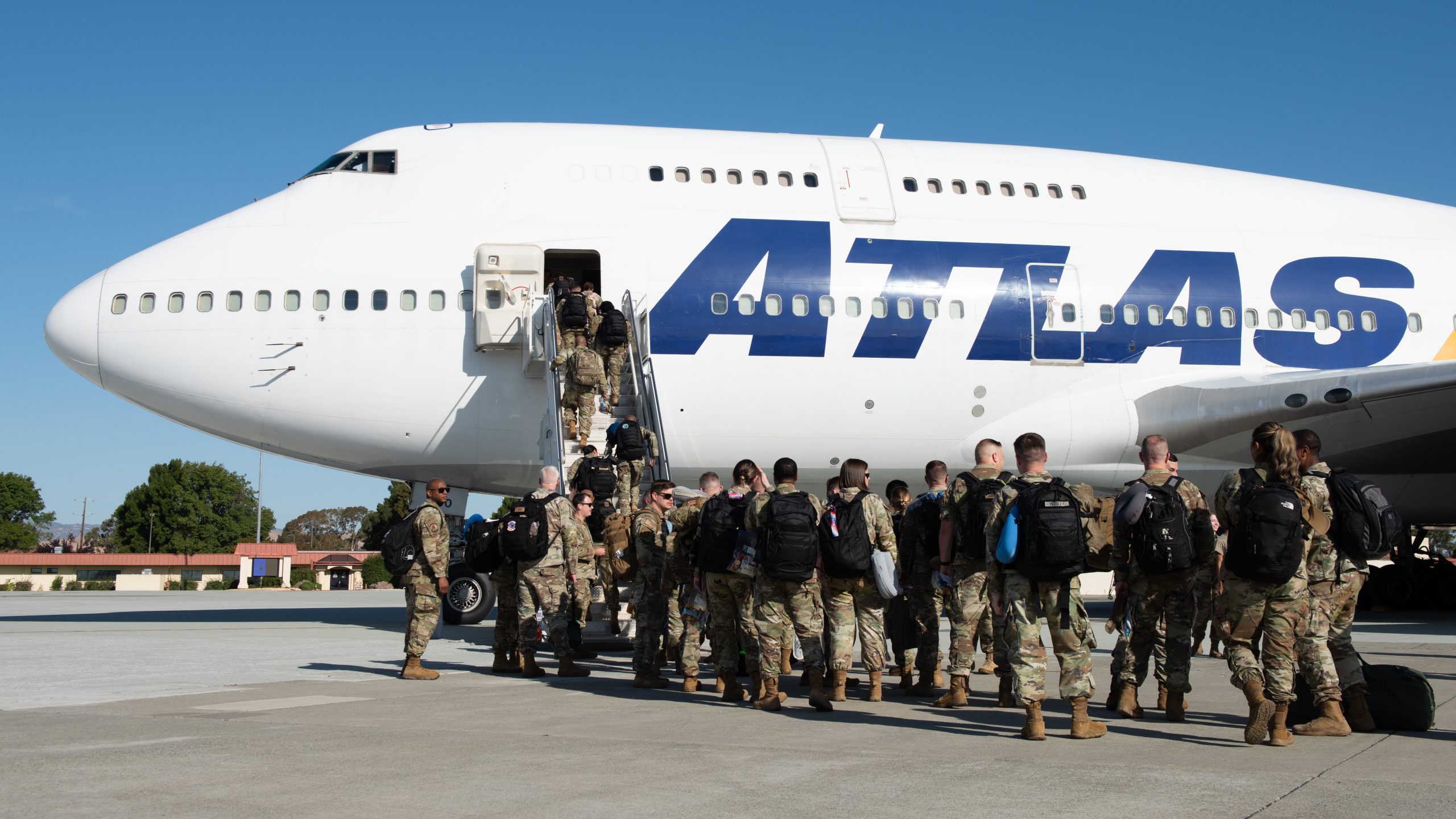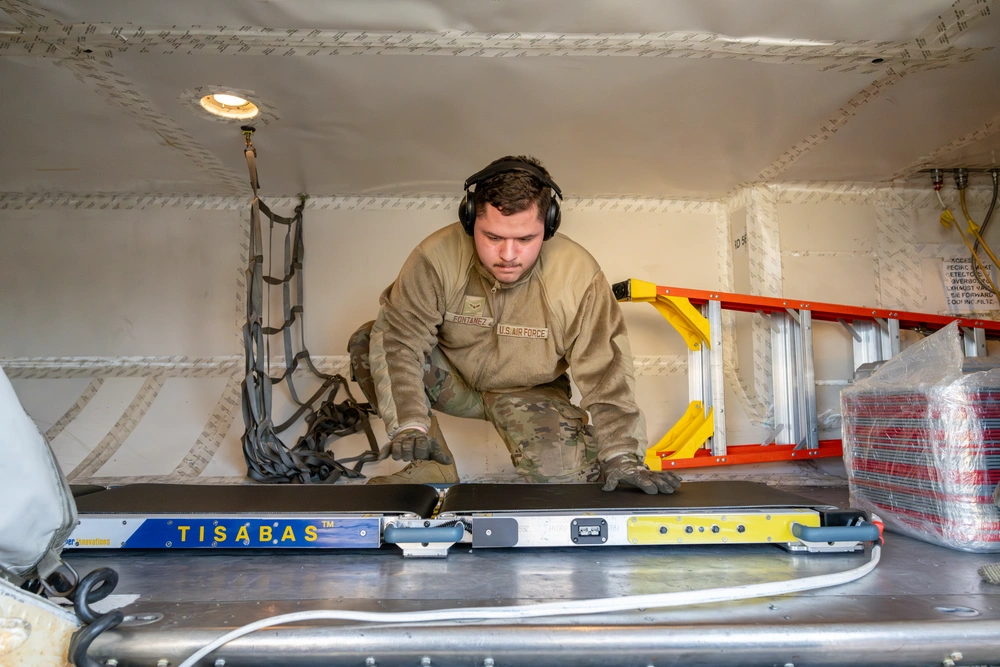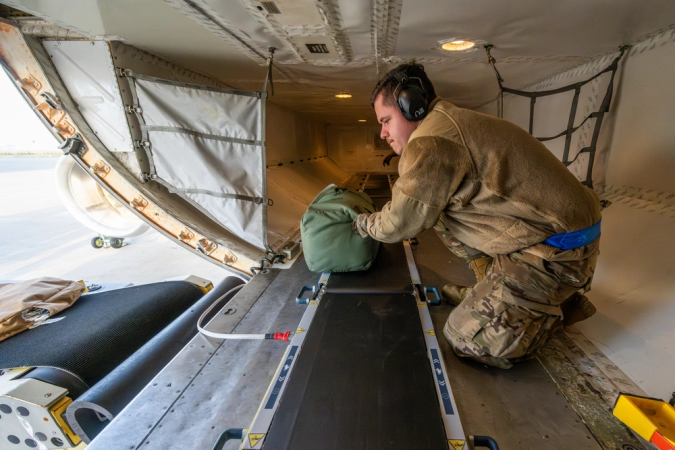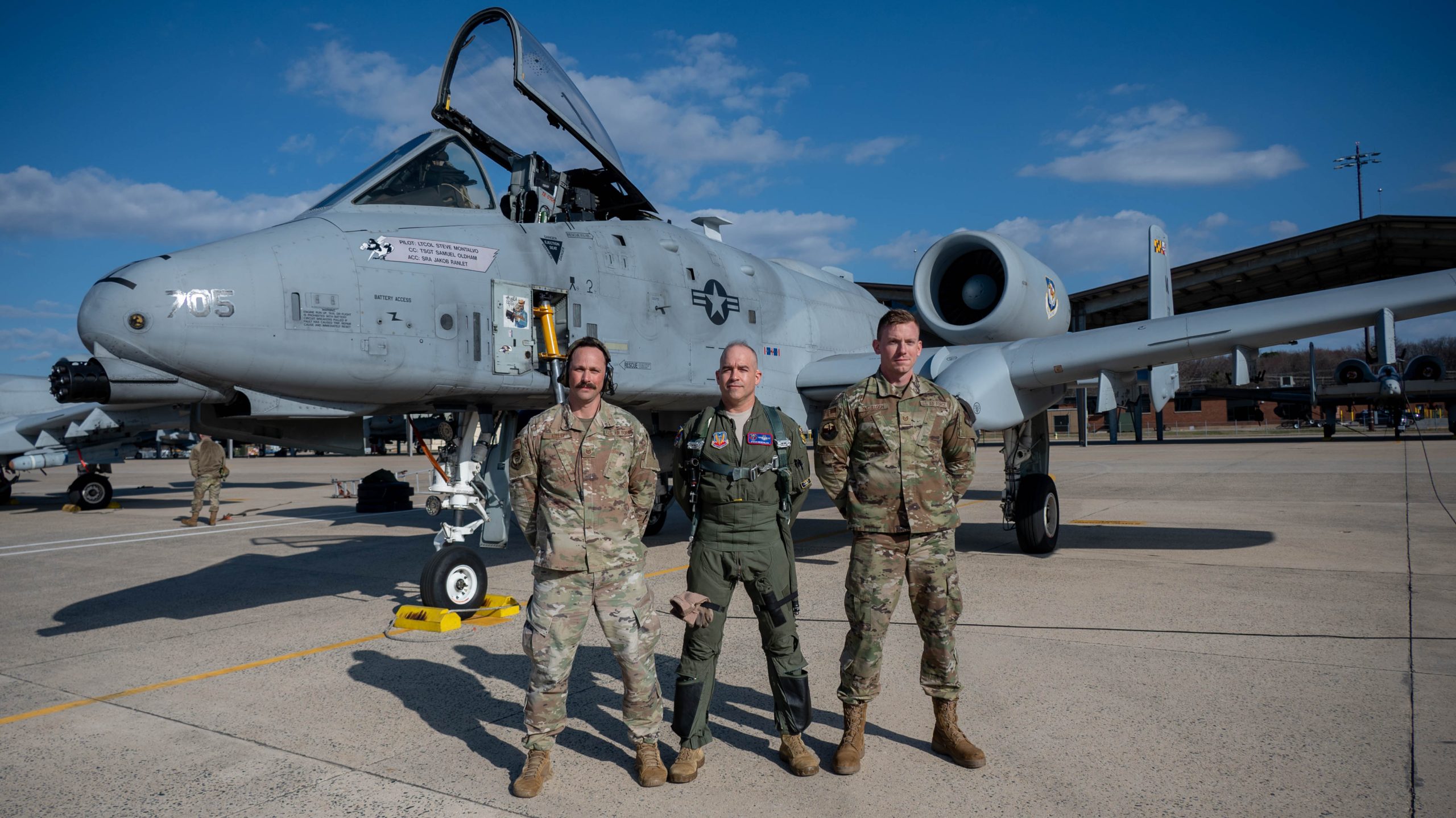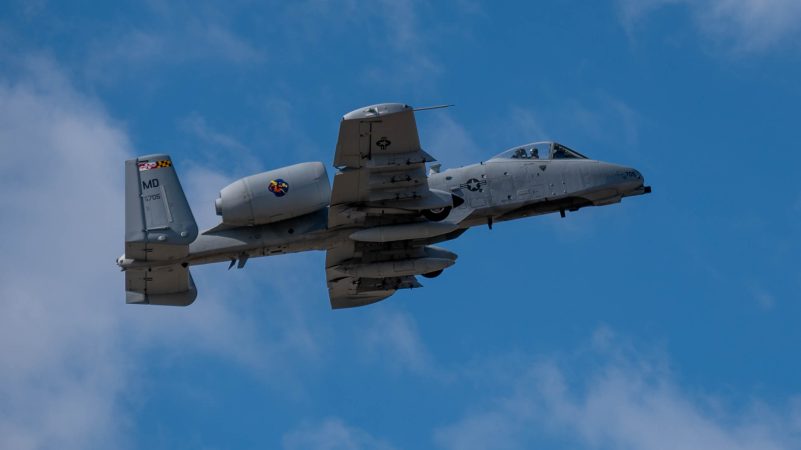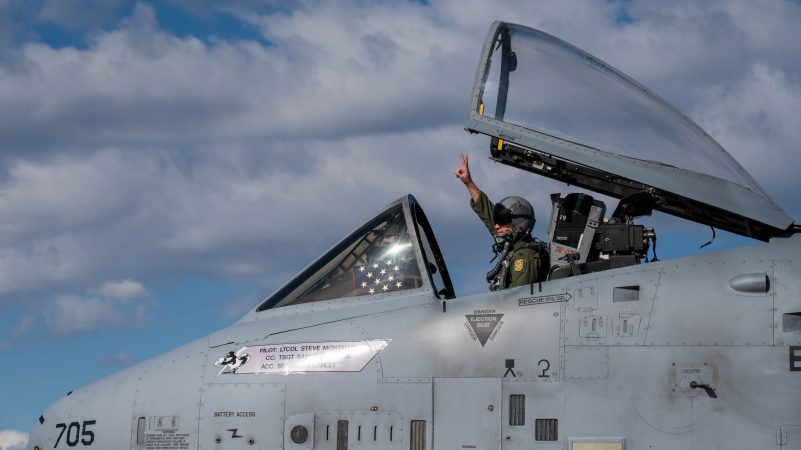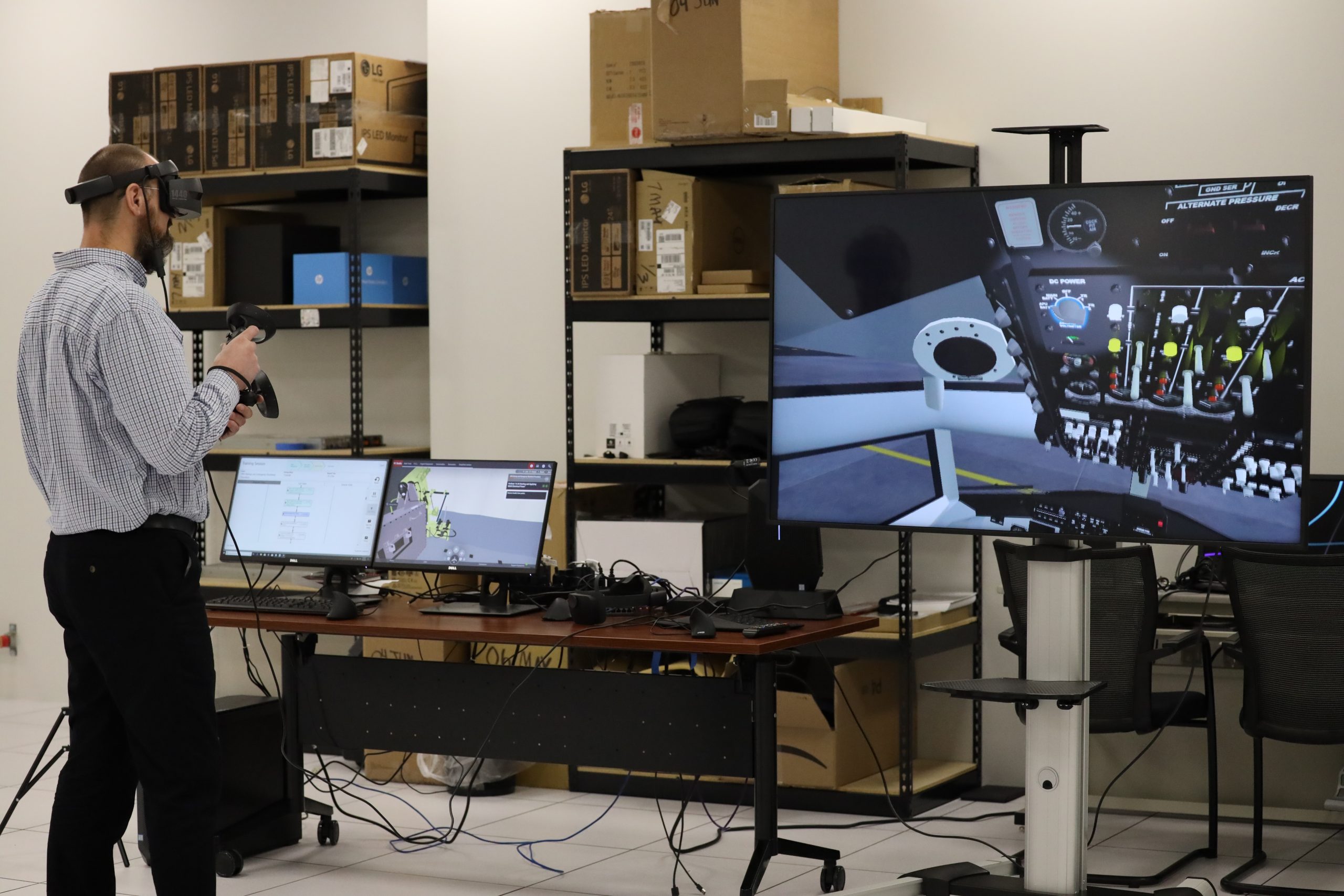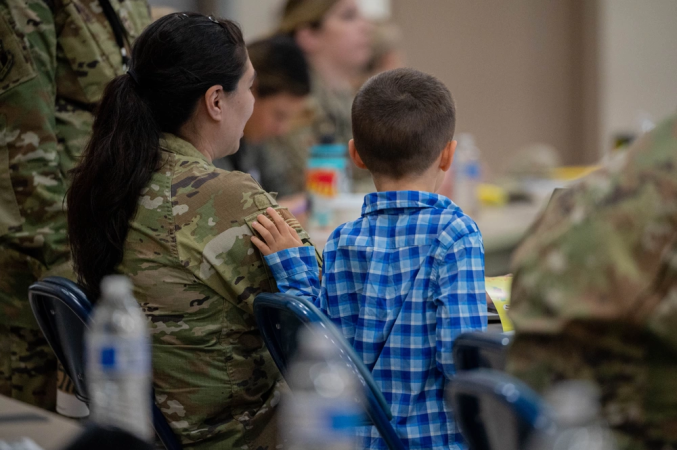Russia’s actions in Ukraine and China’s growing arsenal show that America needs to revamp and revitalize—not retrench—its nuclear deterrent, former U.S. Strategic Command bosses said March 31.
Their remarks on a webinar hosted by AFA’s Mitchell Institute for Aerospace Studies come as the Pentagon embarks on the early stages of a sweeping modernization effort touching programs across the nuclear enterprise. Some critics call modernization too expensive and unnecessary, advocate for reducing the U.S. nuclear arsenal, or suggest cutting one leg of the air-land-sea nuclear triad entirely.
Retired Air Force Gen. Kevin P. Chilton, who led STRATCOM from 2007-2011 and wrote multiple research papers for Mitchell on nuclear deterrence, said ideas about cutting costs or force structure skip over the threat that the nuclear triad is meant to deter.
“We just kind of brush aside the fact that these weapons are so devastating and are in fact an existential threat to the country,” he said. By existential, he added, “I mean tear up the Constitution, back to an agrarian society, throw away everything in history since 1776.”
Russia’s invasion of Ukraine underscored that threat—as well as the need to maintain a comprehensive deterrent, said retired Air Force Gen. C. Robert Kehler, who led STRATCOM from 2011 to 2013.
“Just imagine, on the day the Russians invaded Ukraine, if we had removed ICBMs, if we had withdrawn our nuclear forces from Europe, if we had restricted the number of [nuclear submarines] we were putting at sea, if we had significantly, unilaterally reduced the number of weapons, etc., etc. We hadn’t done any of that. And I think the United States was in a much better place on that day than we would have been otherwise.”
Early in the invasion, Russia announced it was putting its nuclear forces on high alert—the start of what many Western officials deemed nuclear saber-rattling. It reached a crescendo in October 2022 as Ukraine succeeded on the battlefield and Russia launched a disinformation campaign suggesting Ukraine would use a “dirty bomb”—an idea U.S. and European officials feared the Russians would use as a pretext for deploying nuclear weapons.
Retired Navy Adm. Charles Richard, who led STRATCOM from 2019 to 2022, said the war in Ukraine took conversations about nuclear deterrence out of the theoretical realm.
“Based on Russian actions in the Ukraine war, I think in the first time in STRATCOM’s history, we were enhanced above a day-to-day posture based on the threat that we faced,” he said, declining to reveal any more details.
Like Kehler, Richard suggested the conflict shows why the U.S. needs a stronger nuclear deterrent than what it has now. For example, he said, the U.S. Air Force should put some of its bomber fleet on alert status, ready to go at a moment’s notice, something not seen since the end of the Cold War.
“I think a lesson out of the Ukraine crisis [is] in many situations, the signaling flexibility that the bomber leg gives you is absolutely a desirable attribute,” Richard said. “There are now an equal number of situations that by the time you figure out you need that air leg, generating it is going to be considered escalatory, and you’re just going to be too late.”
Indeed, there are a range of posture changes and ideas that need to be reconsidered, both Kehler and Richard agreed, driven by China’s rapidly expanding nuclear arsenal to create what experts are calling a “tripolar” world.
“The emergence of a three-peer … world changes everything when it comes to what I would consider classic analysis of strategic stability,” Richard said, defining strategic stability as a state where no one is incentivized to make the first strike. “All classic strategic stability work was based on a bipolar two-party world. That world does not exist anymore.”
While Kehler said he believes the “fundamentals” of strategic deterrence remain sound, the mechanics of achieving it against Russia and China, two adversaries who have declared a willingness to work together, are complex.
“We’re using familiar terms, but today’s environment is a lot different than the Cold War, and so I would encourage all of us not to refer to today like a new Cold War,” Kehler said. “Because I think that the requirements and the environment are so different today that we fall into a trap of thinking about how we did this yesterday, as opposed to how we need to do this today, and then how do we need to do this tomorrow? The situation is different.”
Against that backdrop, any consideration of removing one leg of the triad is incredibly risky, the leaders agreed. In particular, while the new Sentinel intercontinental ballistic missiles has come under fire for soaring costs and slipping schedules, “you simply don’t have the capacity to deter two peers at the same time without your ICBM leg,” Richard said.
While the price tag of Sentinel—some $140 billion—and other projects is high, the former STRATCOM bosses argued that the true cost of nuclear modernization is about the nation’s survival.
“Although conventional might is important as well to deter, every dollar spent on conventional weapons is wasted if we don’t, first and foremost, have the backstop and foundation of an adequate nuclear deterrent,” Chilton said.
Historically, the government invested 6 or 7 percent of its defense budget to modernize its nuclear deterrent for a few years at a time, Kehler said.
“Last time we did that was during the Reagan years, and we’re living off of those systems yet today,” he said. “And so we go through times when we do life extensions or we do some modernization effort, but compared to the investment benefits that we get elsewhere in the Department of Defense by maintaining the deterrent the way we do, I think that’s a great investment for us.”

